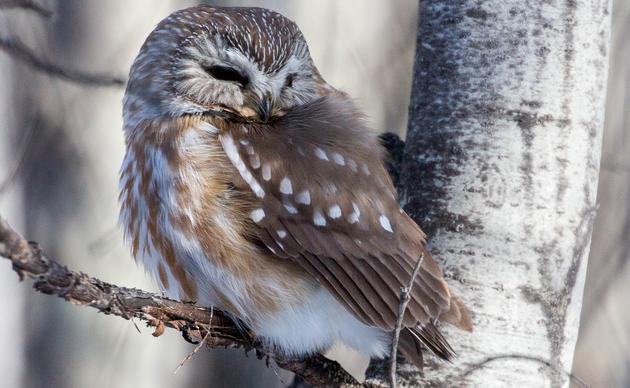Story from the Audubon Magazine, November-December 2012, by Julie Leibach
The snowy egret I’m sketching is not cooperating. I can’t get its kinked yet sinewy neck to look right. And its legs—there shouldn’t be four of them! My bird looks like a pistachio stuck with a speared olive, walking on clothespins.
Meanwhile, as I scrawl with a pencil on a small sketchpad, my model—a wild bird—continues pecking at mudflats in Bolinas Lagoon, between Northern California’s Point Reyes National Seashore and the Golden Gate National Recreation Area, completely oblivious to my artistic frustrations.
I can come along and start to put in the detail.” To better identify these angles, take note of “negative space”—that is, the area around the bird that’s not bird. Focusing on this open space will bring the individual’s defining edges into stark relief.
Mastering these three steps helps capture what Laws calls the bird’soomph or, as some birders say, its jizz—the essence of the species. “What is finchiness, finchosity? You want your chickadee to be chickadee-esque,” says Laws, your magpie to be “magpie-y.” Think of Roger Tory Peterson’s silhouettes. They’re deceptively simple, black shapes, yet they clearly represent one type of bird, even without the details.
What comes next depends on what you want to focus on—individual feathers or markings, perhaps an eye, maybe the patterns of light and dark from plumage and shadows. Understanding birds’ general anatomy, discussed in Laws’s book, will help you make sense of your observations. But the key to field sketching is to draw what you see, and not what youthink should be there. For example, even if you know that birds have three forward-facing toes but only one is visible, “you can just draw one toe,” says Amanda Krauss, an artist and fellow student in my class who has had trouble rendering bird feet. “It was like a lightbulb went off for me.”
Nature sketching guides abound, but where birds are concerned, Laws thinks his fills a void. “Some books will have illustrations that are really inspiring,” he says, but they don’t explain how the drawings are made. “I wanted to really deconstruct what is happening when I make my lines, where I’m looking, where I suggest that people focus.”
He’s breaking new ground, says Hannah Hinchman, a nature journalist and artist who once taught Laws in a workshop and reviewed an early draft of his book. “There’s nothing static,” she says. “He just refuses to see these mobile, fluid birds as objects. He sees them as alive, and that’s the way they come across on the page.”
Drawing outside is crucial to creating a realistic bird in two dimensions. The easiest species may even be one that’s most accessible, like your backyard cardinal or house finch. As you observe, jot down notes in addition to sketching, and ponder out loud, asking yourself questions such as, “What does this bird remind me of?” or “I wonder why it has markings like that?” (At Bolinas, one classmate suggested that a flock of swimming cormorants resembled Phoenician ships.) While the very act of drawing helps solidify a memory, verbalizing what you’re seeing ingrains it that much more. Should the bird fly off, you’ll still have a few details in mind to flesh out your drawing.
Sketching outdoors will also help you achieve what Laws considers one of the most important goals in drawing birds: forging a more meaningful connection with nature. In other words, don’t aim for the perfect picture; you’ll only get frustrated if it doesn’t turn out right. Instead, draw to observe more deeply and to remember those precious moments removed from the mechanized world. The more focused you are on experiencing what you’re seeing, the less you’ll care about your masterpiece, and “that frees you up to make lots of drawings,” says Laws. As a pleasant by-product, “the more you draw, the better it gets.”
I’m still learning the ropes. My snowy egret is hardly a mirror image, but now I know that I can ignore my inner art critic—a liberating concept. Even so, establishing a drawing habit is hard; I’ve practiced a few times since my class. On one gorgeous, mild day in May I visit a lake near my Brooklyn apartment. Spying several mute swans, I settle down with my sketchpad near a tree. I notice how one bird’s neck fluidly recoils like a snake, and I admire the species’ dramatic, inky eyeliner. A man and a boy study the way one swims—something I see, too, marveling at its feet like built-in paddles. I’m reminded of what Laws told me: “If you can get yourself to slow down and appreciate that bird, for whatever it has new to teach you, the wonders that you’re going to see in even the most common things are infinite.” How could I resist?
How you can help, right now
Donate to Audubon
Help secure the future for birds at risk from climate change, habitat loss and other threats. Your support will power our science, education, advocacy and on-the-ground conservation efforts.




